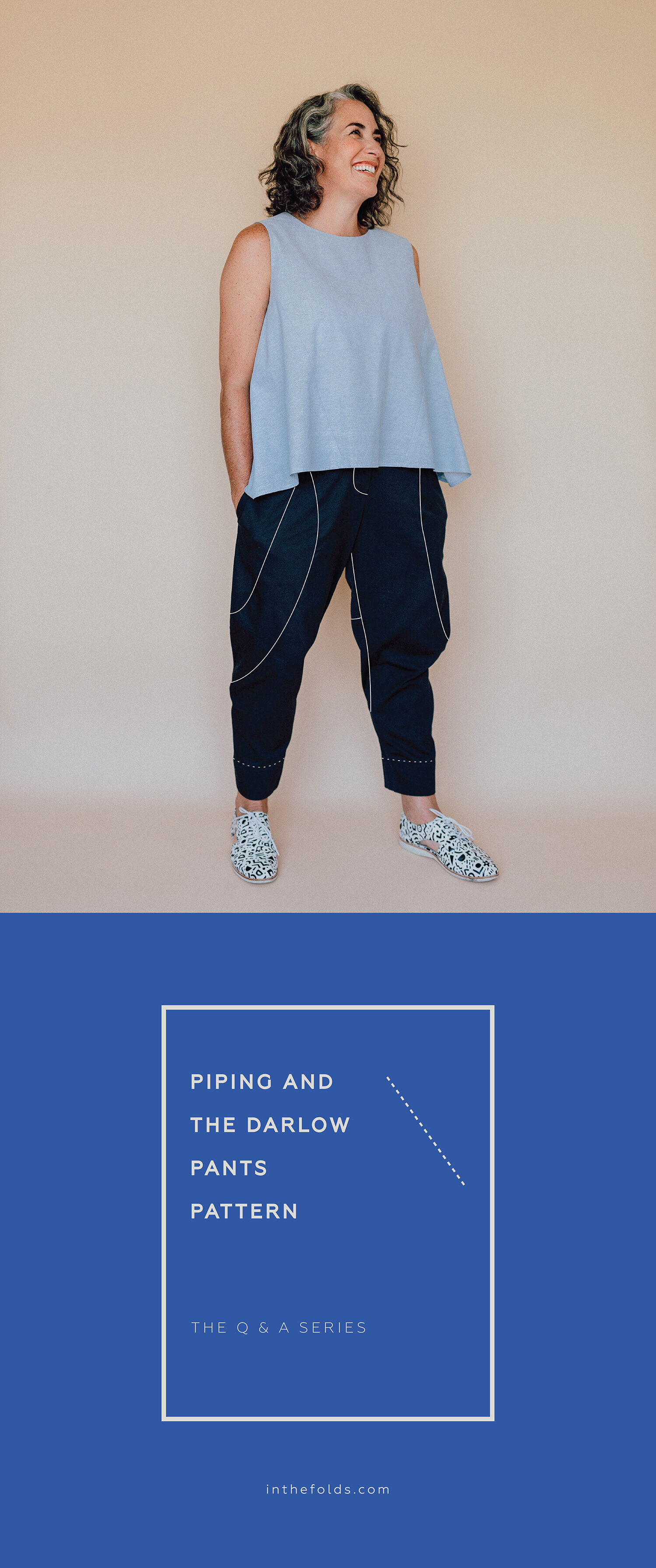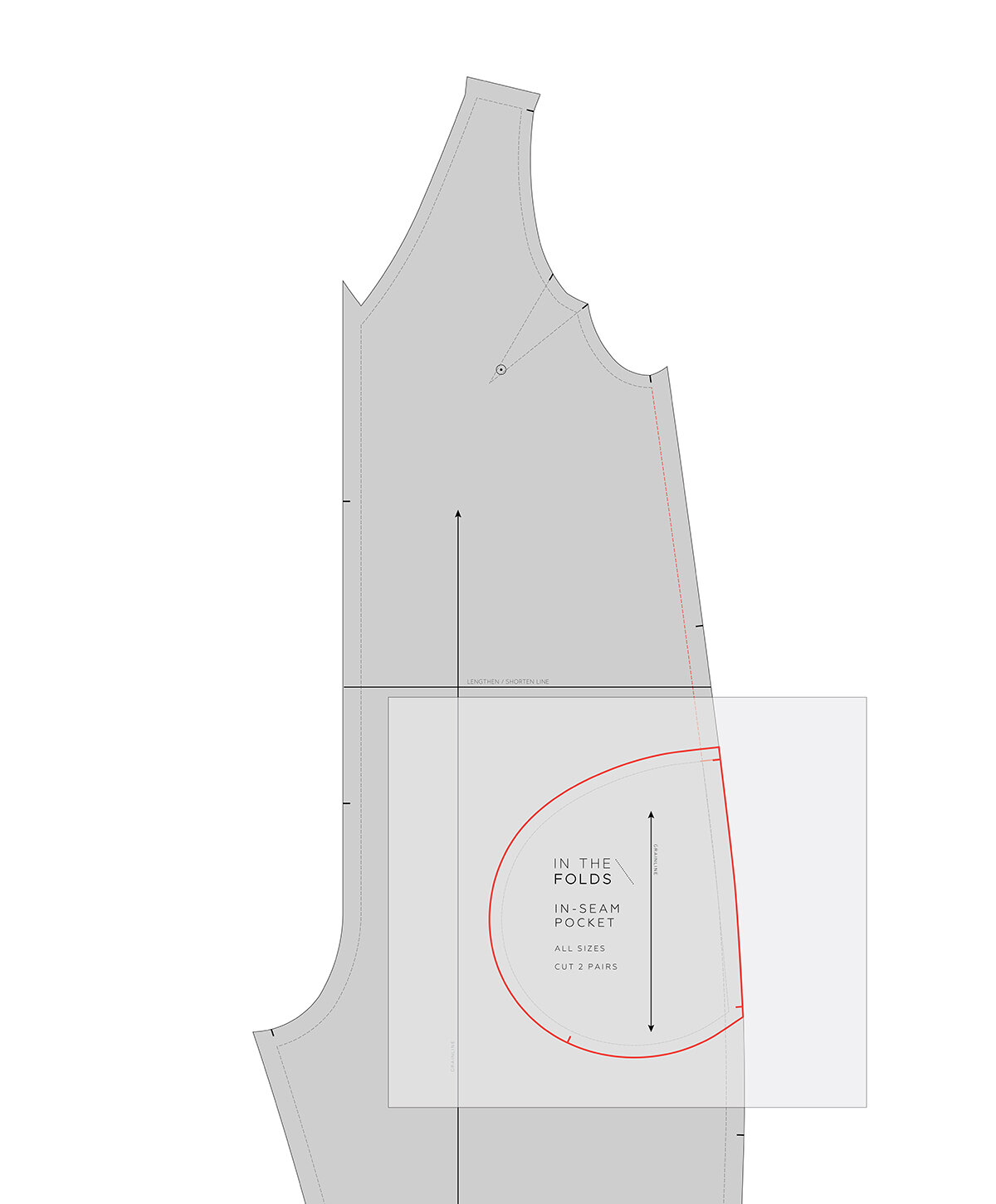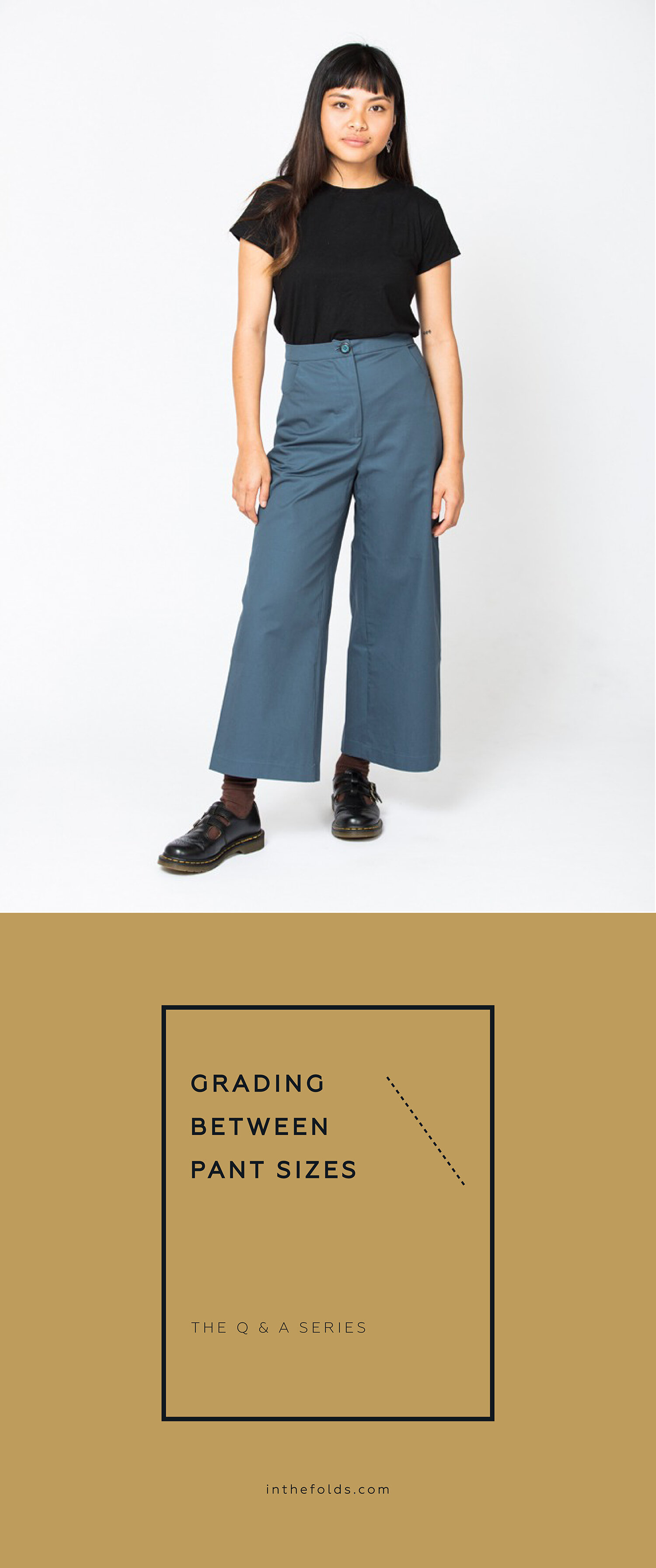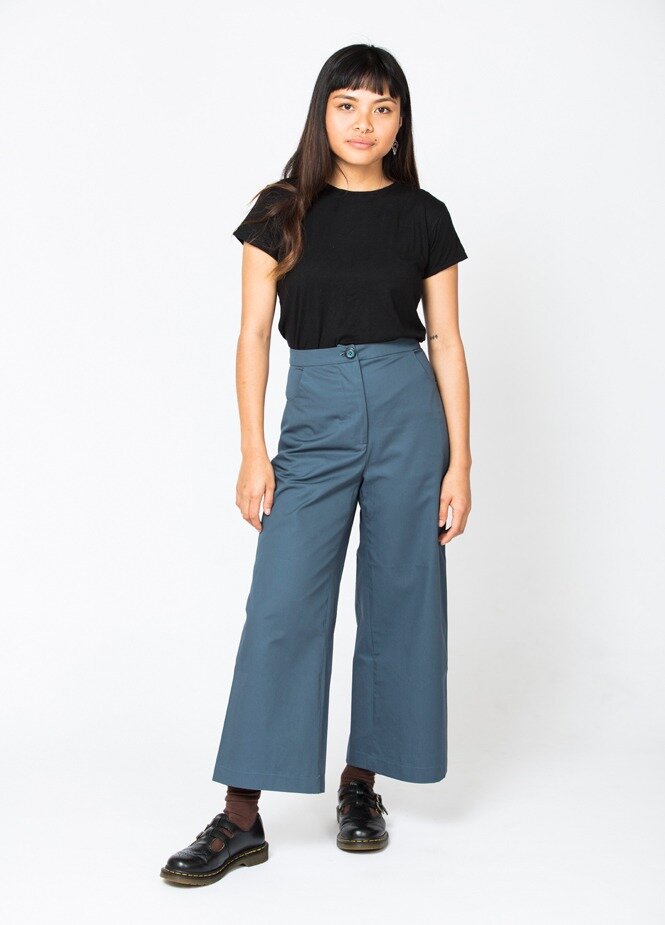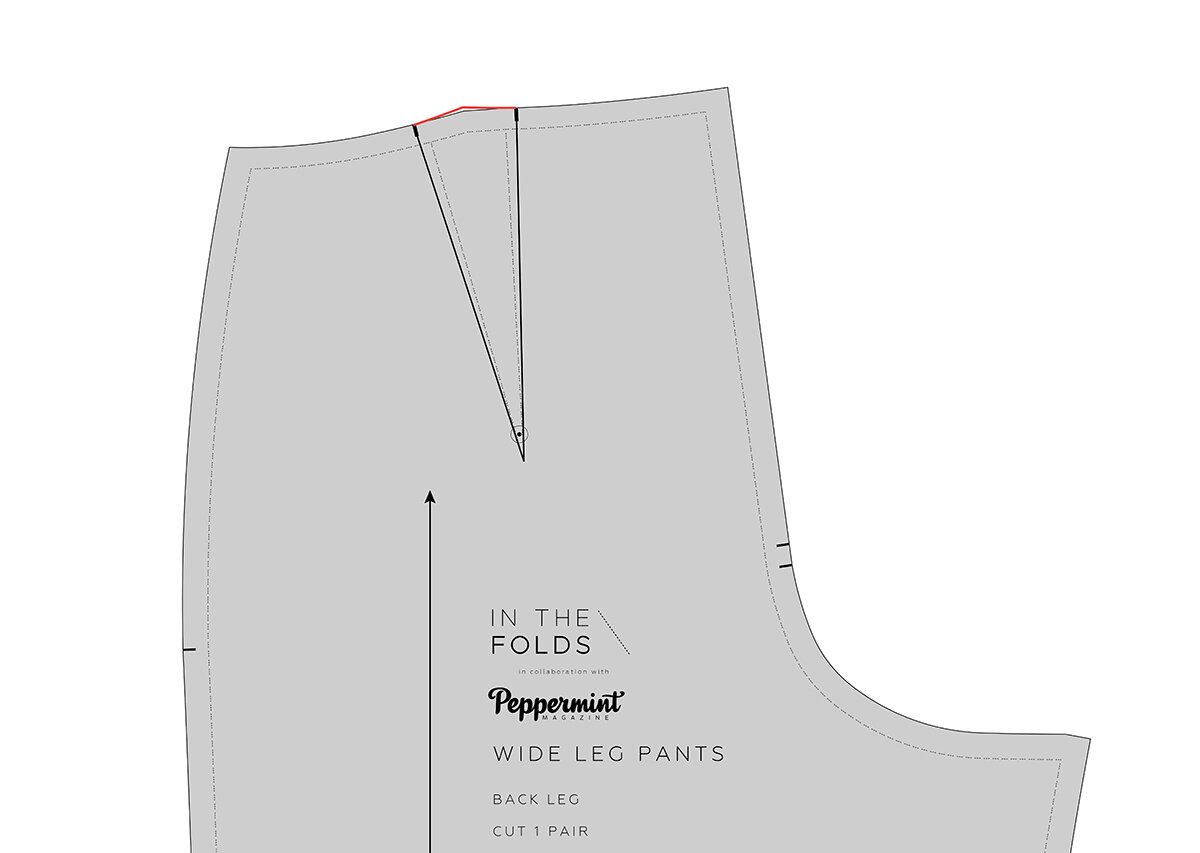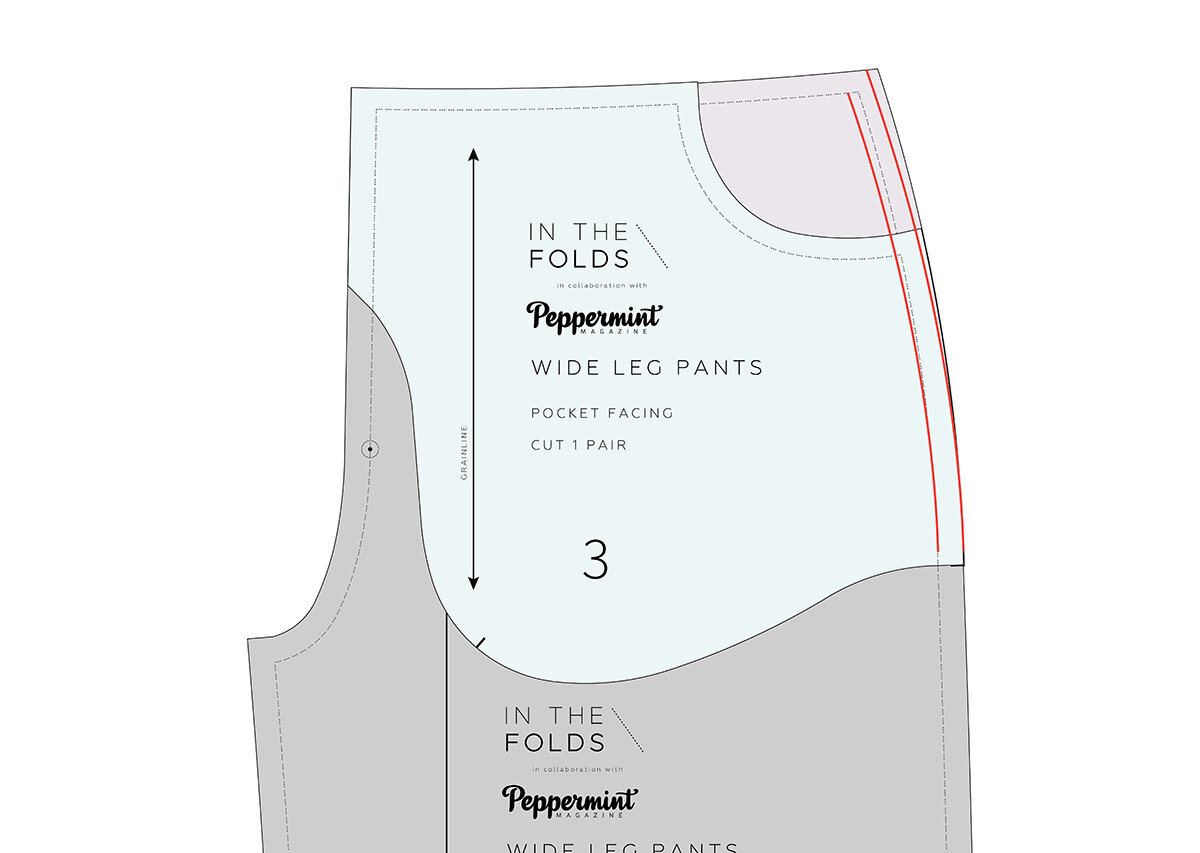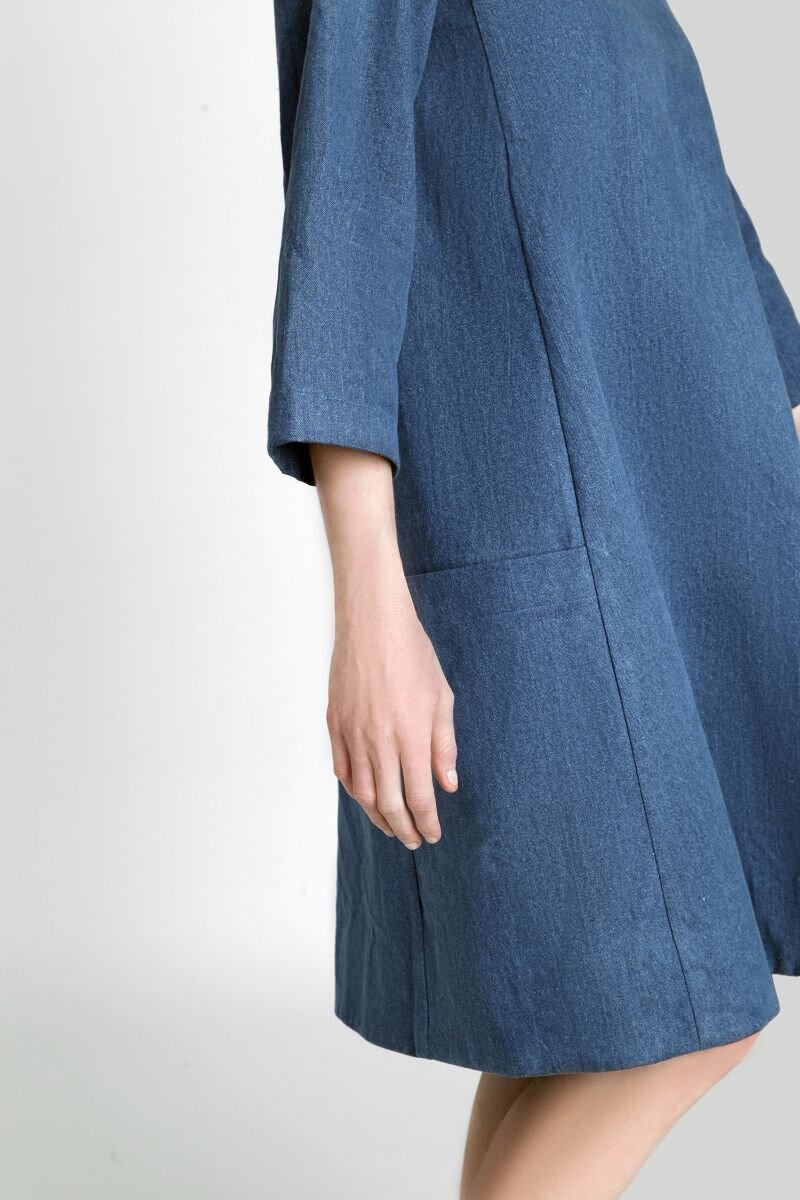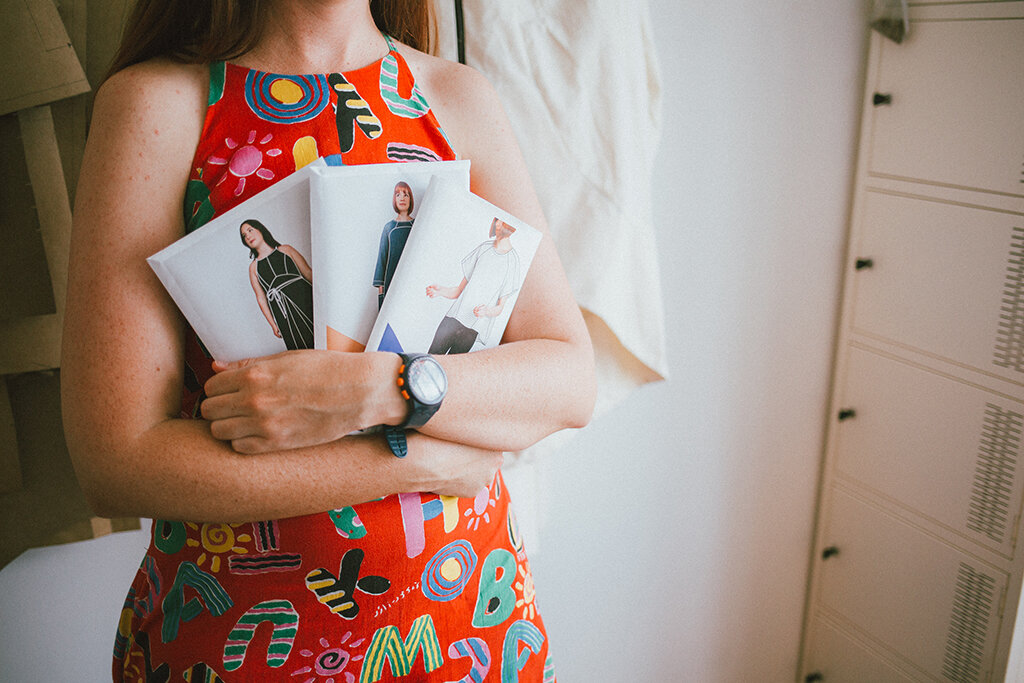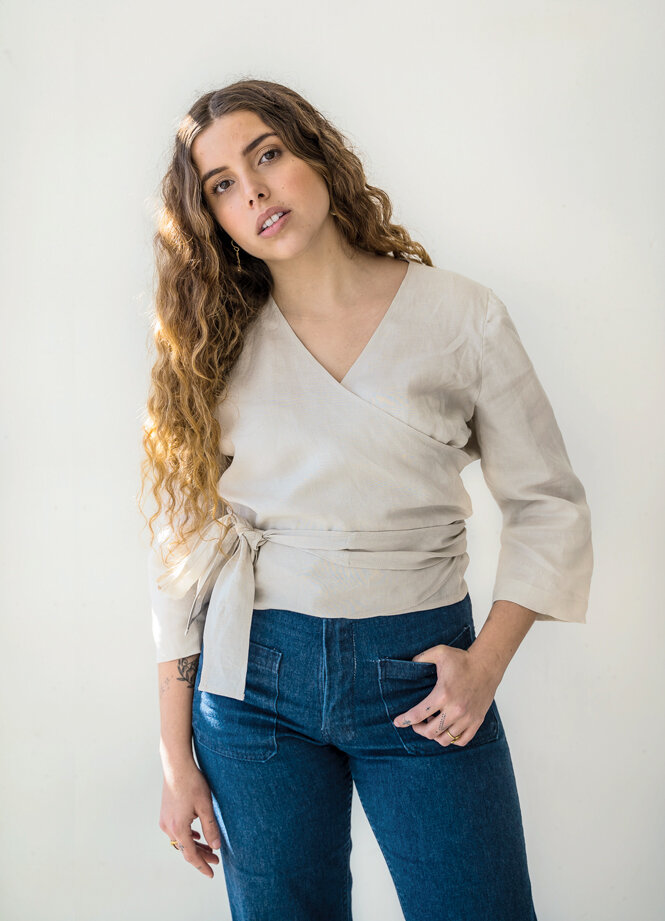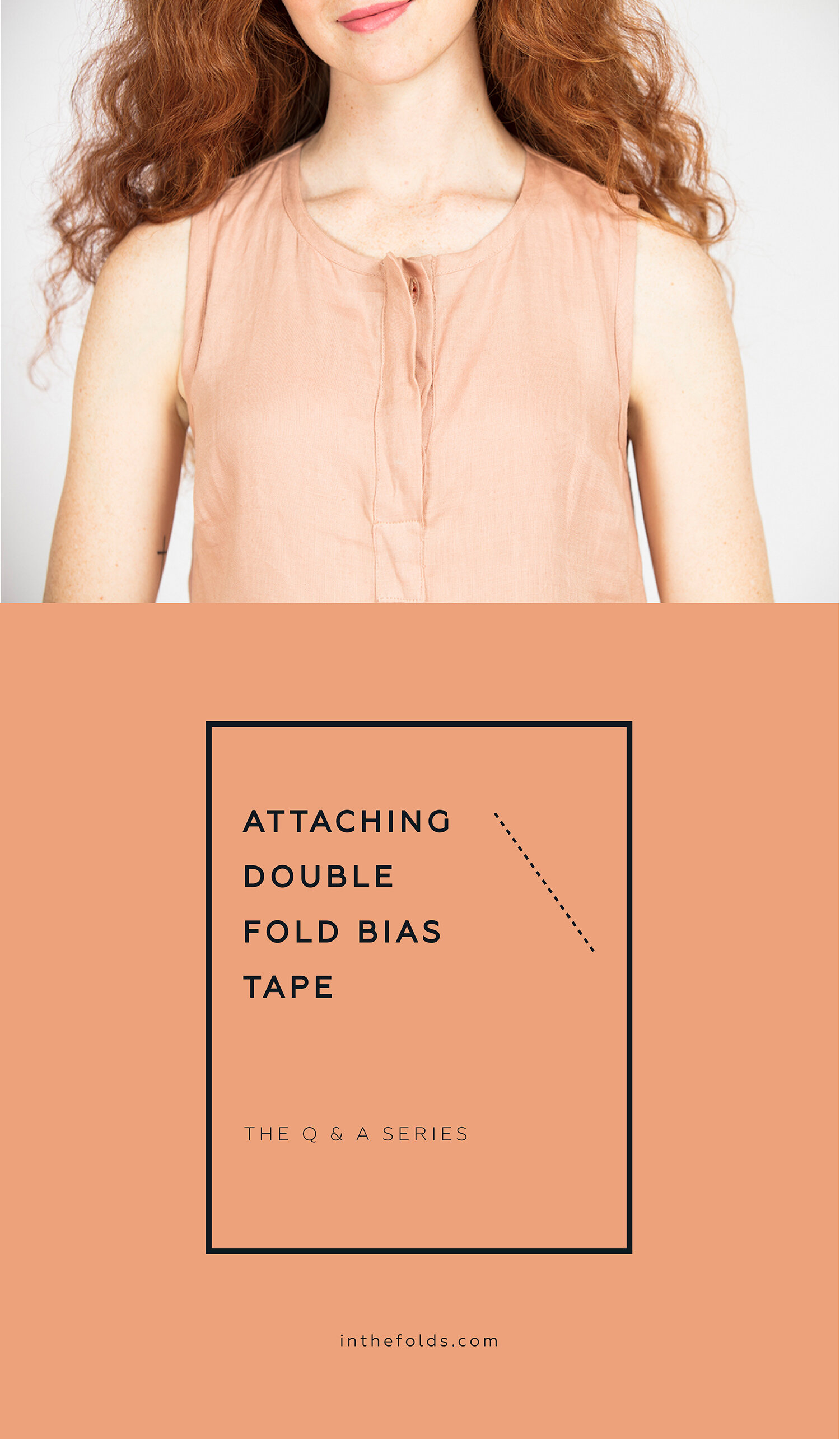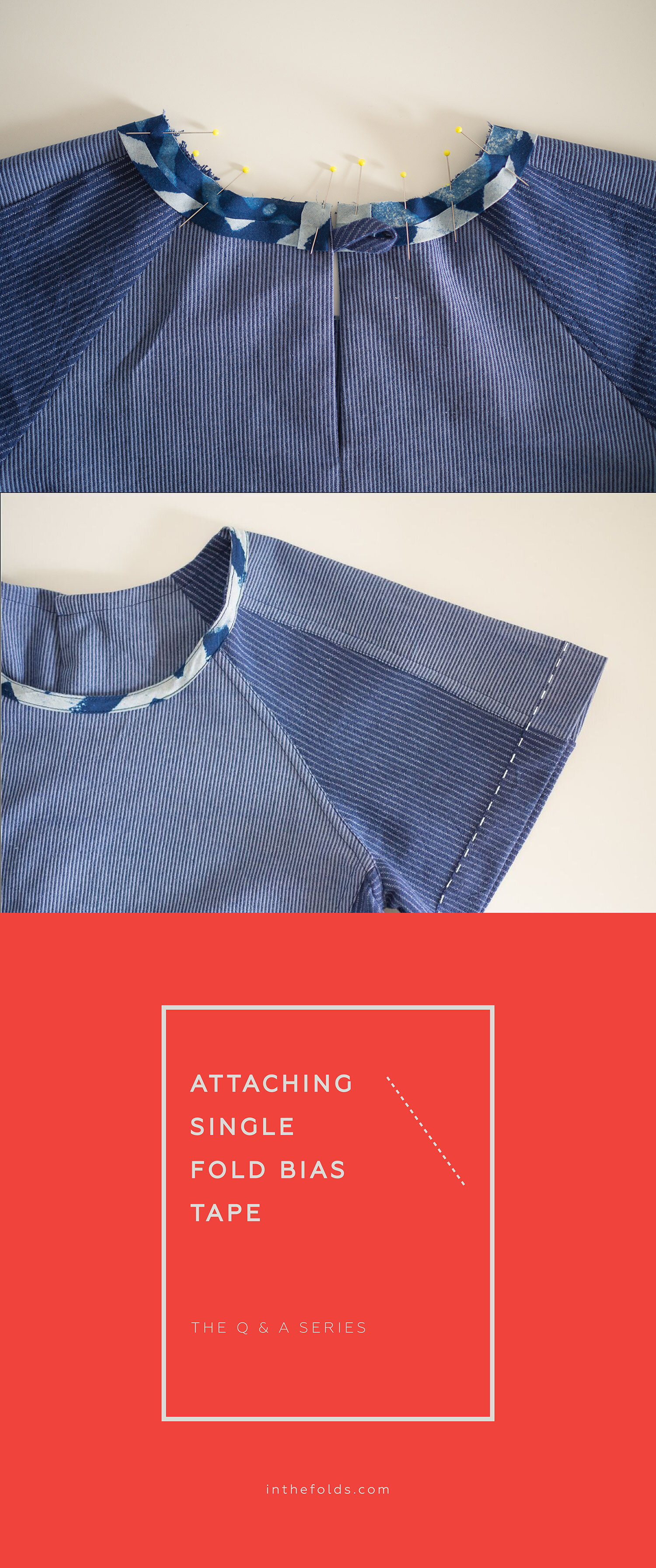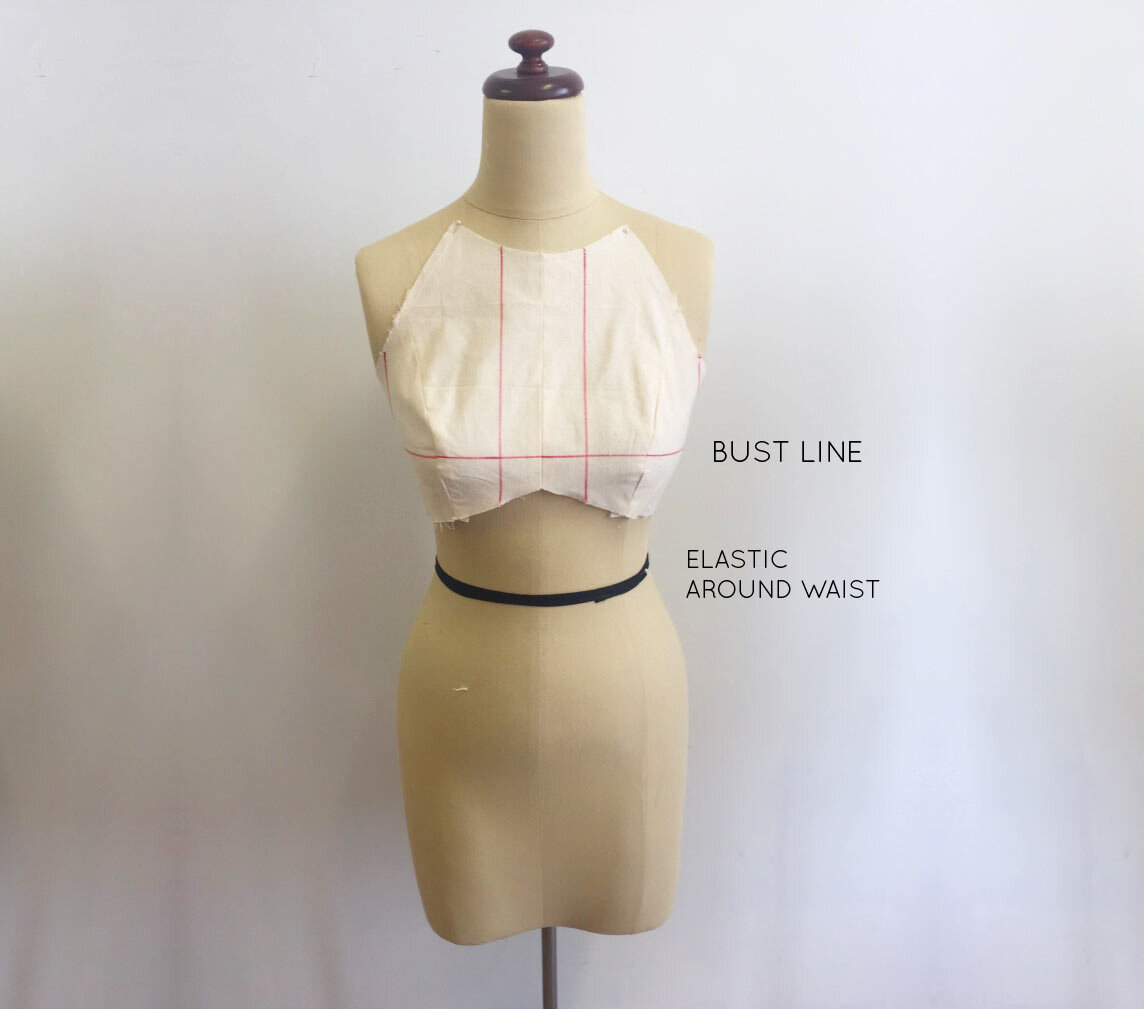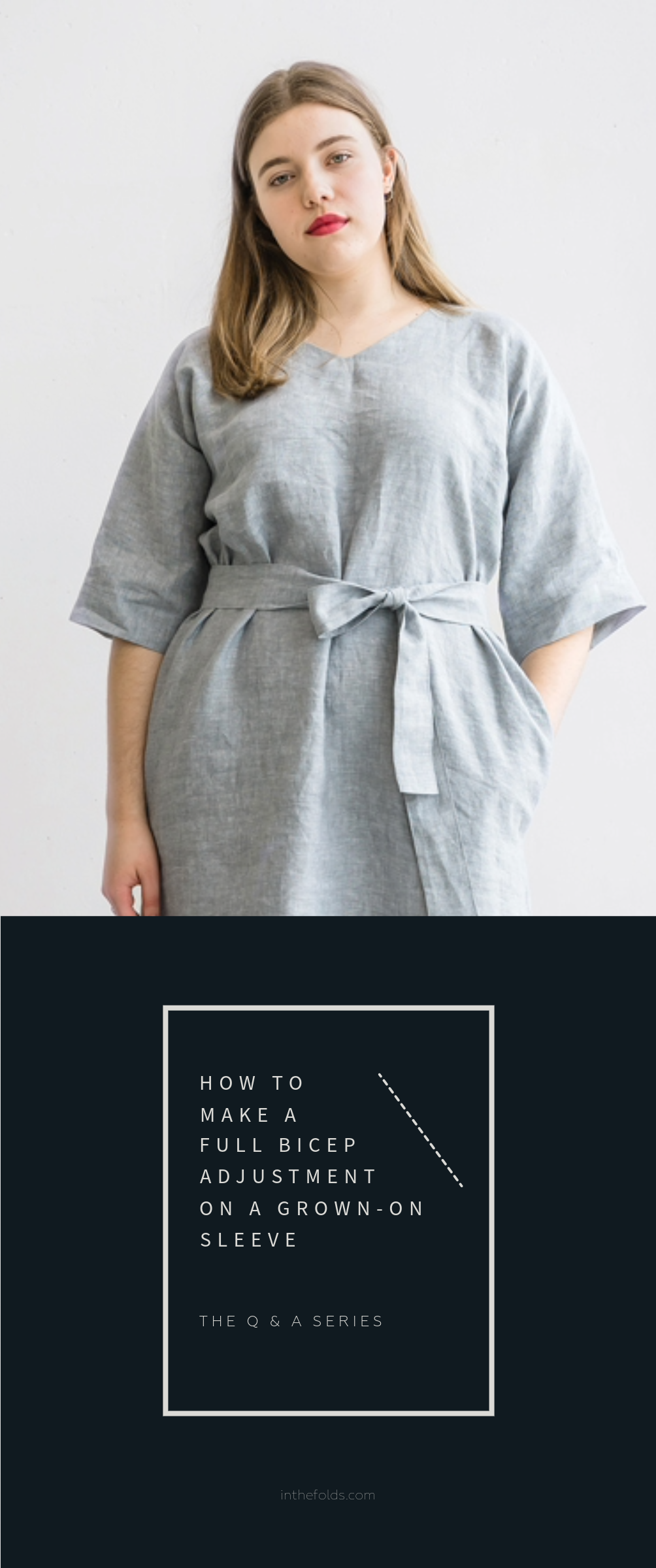THE Q & A SERIES - LINING THE FLYNN JACKET
Hi Emily!
I'm currently working on a toile of the Flynn jacket. I shortened it per your instructions on the blog, which were super helpful!
I ordered some cool deadstock fabric to make the jacket. Once it arrived, I realized that the wrong side of the fabric isn't super pleasant to the touch. I probably want to line the jacket with some lightweight lining.
I've never lined anything before. I have two questions here -
1. Would you recommend that I cut the inner/outer hem facing out of the lining fabric, or both the outer fabric and the lining?
2. More generally, any tips?
Thanks!
- Hannah
Los Angeles, Unites States
Hi Hannah,
Thanks for getting in touch. I am pleased to hear you're making a Flynn jacket! It is also great to hear that you found the tutorial for shortening the Flynn jacket helpful!
Your options are to interline the jacket or fully line it.
Interlining is a little easier because you attach the lining fabric to the main fabric before you assemble the jacket, so that the main fabric and the lining act as one fabric - this way you would still use bias binding on the seams (you can baste the two layers together by hand or machine - making sure your stitches are within the seam allowance, so that you don't see them later) and construct the jacket as usual.
If you were to line it, you would be enclosing all the raw edges inside the jacket lining, by making two jackets (one of the main fabric and one from the lining fabric). It's up to you which option you choose, as both would work. If you would like some more information on lining a jacket, this post from Seamwork should help.
Either way though, I would cut both the inner and outer hem facing (back and front) from the main (deadstock) fabric. This means the lining is only required for the front, back and sleeves. This will ensure that the hem facing has the correct weight (same as the outer jacket) and will sit nicely. It will also give you the nicest finish on the inside.
I hope that helps! Let me know if there is anything else I can assist with.
Happy sewing,
Emily
P.S. Hannah wrote to my quite a while a go with this question, so you can see which method she chose to go with (and her beautiful Flynn jacket) here.
P.S. Would you like to know what the Q & A series is all about? This page tells you a little bit more about the motive behind the series. Past issues from the Q & A series can be found here.
Don't have a question, but found this newsletter helpful? I'd love to hear from you! Get in touch and say hi.























